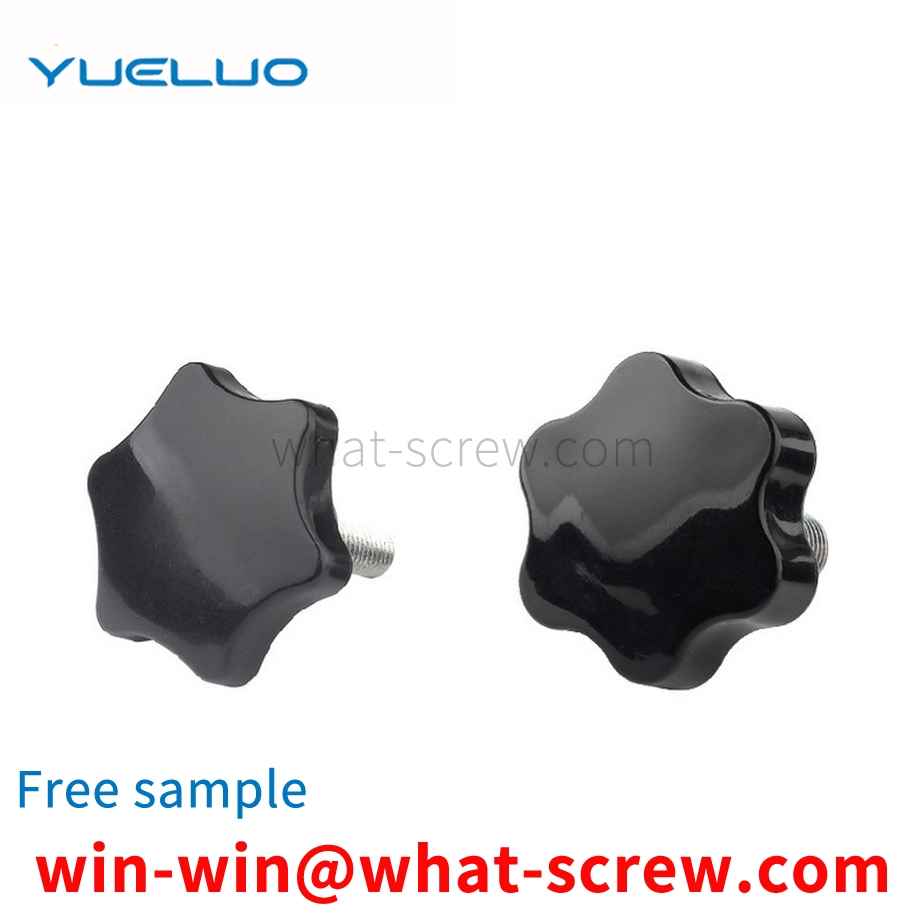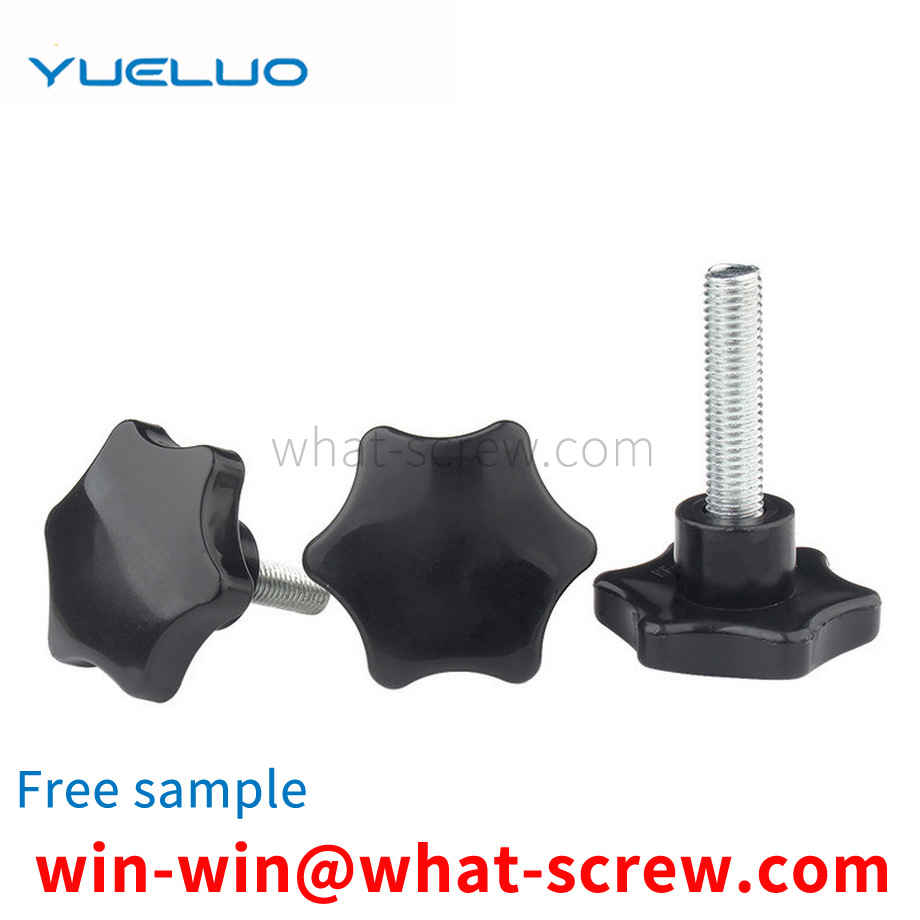self-locking screw comprises a screw main body, a metal screw head is arranged on the upper part of the screw main body, a thread is arranged in the middle part of the screw main body, an interference groove is arranged on both sides of the upper part of the screw main body, and the line of the interference groove is arranged. The included angle is 280-356° with the horizontal line. The bottom of the screw body is provided with an elastic chuck, and the elastic chuck includes an optical axis and a conical head. Guangdong Yueluo Hardware Industry Co., Ltd. Guangdong Yueluo Hardware Industry Co., Ltd. adopts the design of elastic collet, and the screw is provided with threaded segments and interference grooves, so that during the screwing process, the interference groove of the optical axis between the two threaded segments is formed along the screw. The axial elastic force achieves the effect of reliable self-locking, which is easy to use and has high tuning efficiency.
5. After the closing value material and the geometric parameters of the nut are determined, the change of the closing value has an important influence on the repeated use characteristics of the lock nut. When the closing value becomes larger, the deformation of the threaded piece increases, the strain of the threaded piece increases, the strain cycle hardening phenomenon intensifies, and the pressure FN of the threaded piece increases, which has a tendency to increase the unscrewing torque; on the other hand, the width of the threaded piece decreases. , the total area of the threaded piece decreases, the friction with the bolt decreases, the strain of the threaded piece increases, the low-cycle fatigue performance decreases, and the maximum unscrewing torque tends to decrease. Under the combined action of various factors, the change of the maximum unscrewing torque with the number of repeated uses is difficult to predict, and it can only be observed through experiments.
Most of the existing belts control the length of the belt by fixing the other end of the belt by the buckle, and the period that is often buckled by the buckle will be deformed and damaged after long-term use, and the user may change the position from standing to sitting or after meals. The circumference of the belt can be adjusted, and micro-adjustment is not necessarily possible when adjusting the tightness of the pin buckle type or buckle plate type belt buckle. In order to solve this problem, it is necessary to design a belt that is relatively suitable for the waist of a person.
The main part of the pin screw is an ordinary screw, and the pin can be arranged in the melting section of the screw or the drop groove of the metering section or the smooth cylindrical surface without screw grooves at the end of the metering section. The pins are arranged in a certain arrangement, with varying degrees of density and quantity. Cylindrical pins are formed by fitting the pins into the holes of the threaded rod; square or diamond-shaped pins are formed by milling directly on the threaded rod. If these pins are set in the melting zone, the pins can break up the solid bed, destroy the two-phase flow, stir the solid and liquid phases together, increase the contact area between the undissolved solid phase fragments and the contained material, and promote molten. If the pin is set in the melt conveying area, its main function is to divide the material flow, increase the interface, change the direction of the material flow, and rearrange the flow beam. Divide and merge multiple times, change the flow direction, and homogenize the melt composition and temperature. The mixing section is an inwardly slotted structure arranged at the end of the common screw homogenizing section, and its outer diameter is equal to the outer diameter of the screw. The grooves are divided into several groups, and each group is the confluence area of the material. The materials are divided by grooves, meet in the confluence area, and then divide and confluence. The principle is similar to the pin type. The characteristic of the separate screw is that in addition to the original screw thread (called the main screw) on the melting section, there is also an additional thread (called an additional thread) whose outer diameter is slightly smaller than the outer diameter of the main thread, and the main and auxiliary threads are With different leads, the secondary thread starts from the end of the feeding section (and connects with the feeding section here), and after several threads, gradually intersects the main thread of the homogenizing section. The screw groove depth and thread lead of this kind of screw change gradually from the beginning of the feeding section to the end of the homogenization, that is, the thread lead gradually narrows from the width, and the groove depth gradually becomes shallower from the depth, which can maximize the compression of the material.
safety screw includes a screw rod, and is characterized in that: the two ends of the screw rod are respectively provided with notches for rotating a tool knife. Compared with the prior art, the advantage of Guangdong Yueluo Hardware Industry Co., Ltd. is that notches are provided at both ends of the screw, so that when the screw is in use, it can be tightened or loosened from both ends without installation. Due to the limitation of position and structure, when the installation space is small or the tool knife cannot be inserted, it is convenient for the operator to directly tighten or loosen the screw from the other end, which improves the efficiency of installation and disassembly, saves assembly time and reduces assembly difficulty.
We have many years of experience in the production and sales of screws, nuts, flat washers, etc. The main products are: standard GB93-96 spring washers, star handle copper core screws, galvanized GB109 flat head rivets, nut set combination bolts and other products, we can provide you Provide the right fastener solution for you.



















 Service Hotline
Service Hotline




